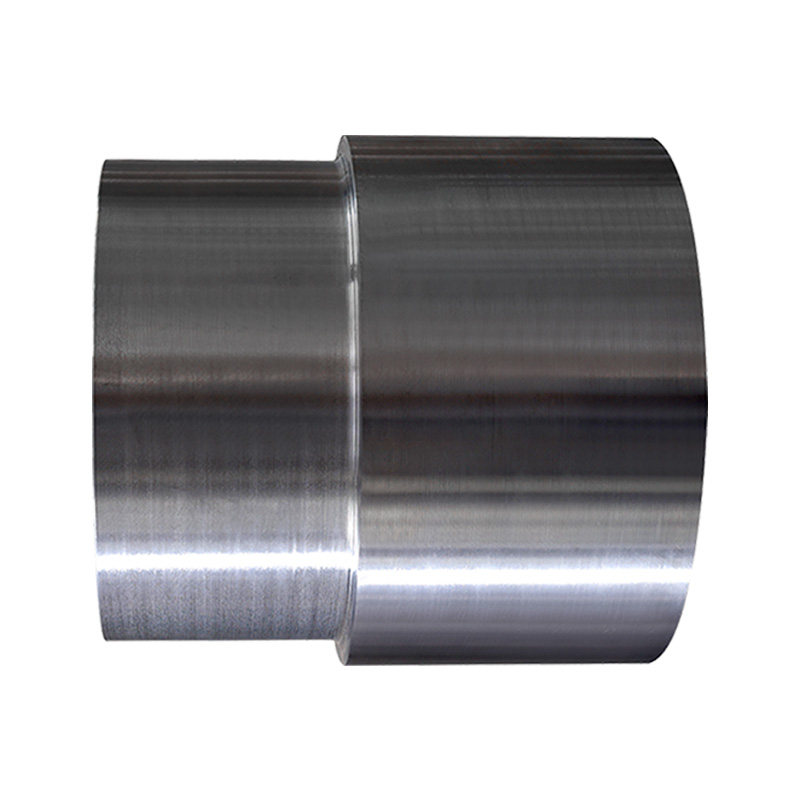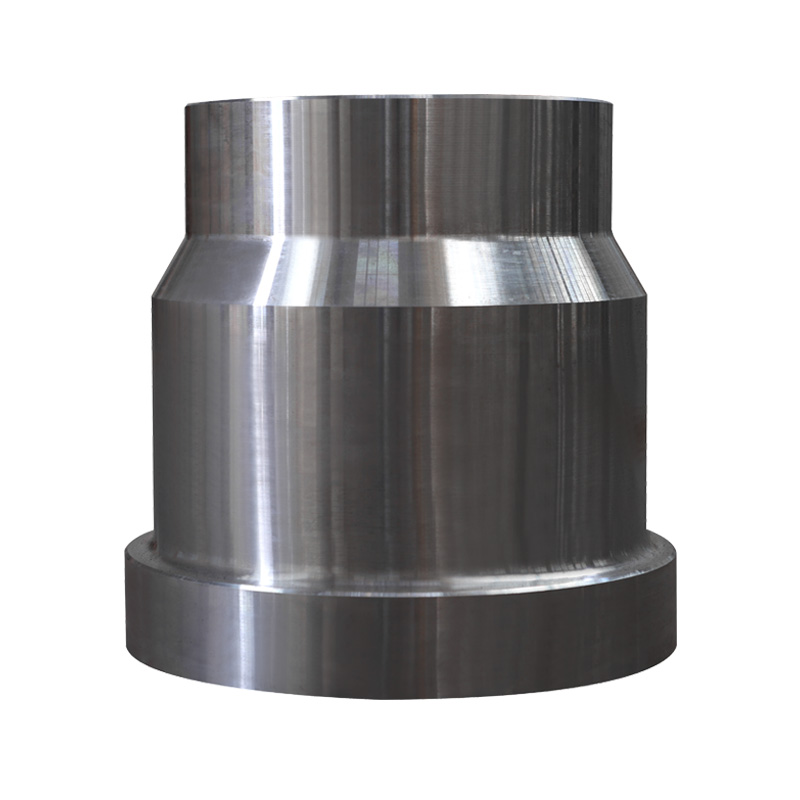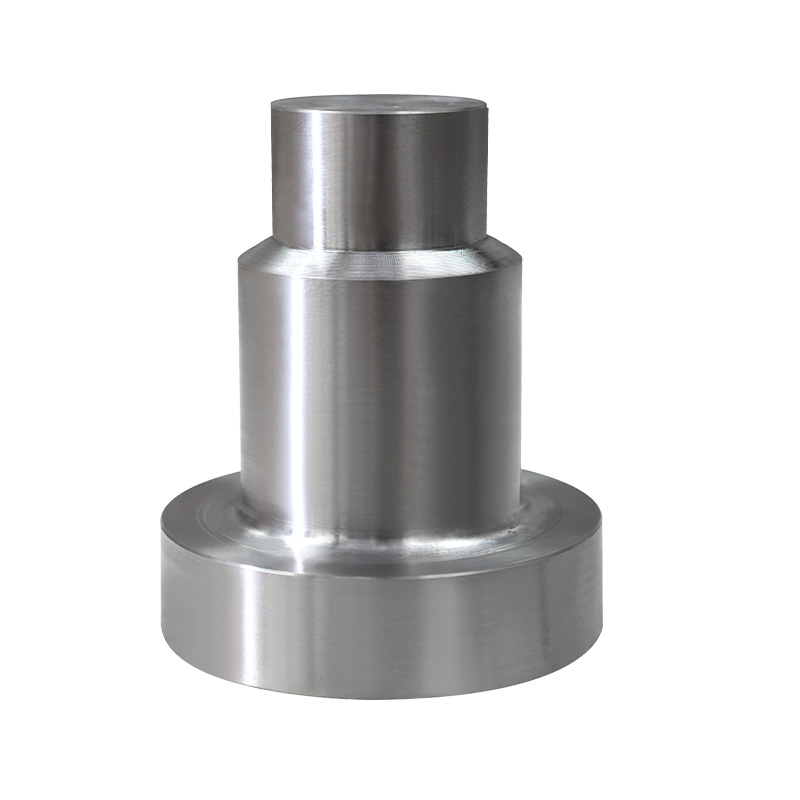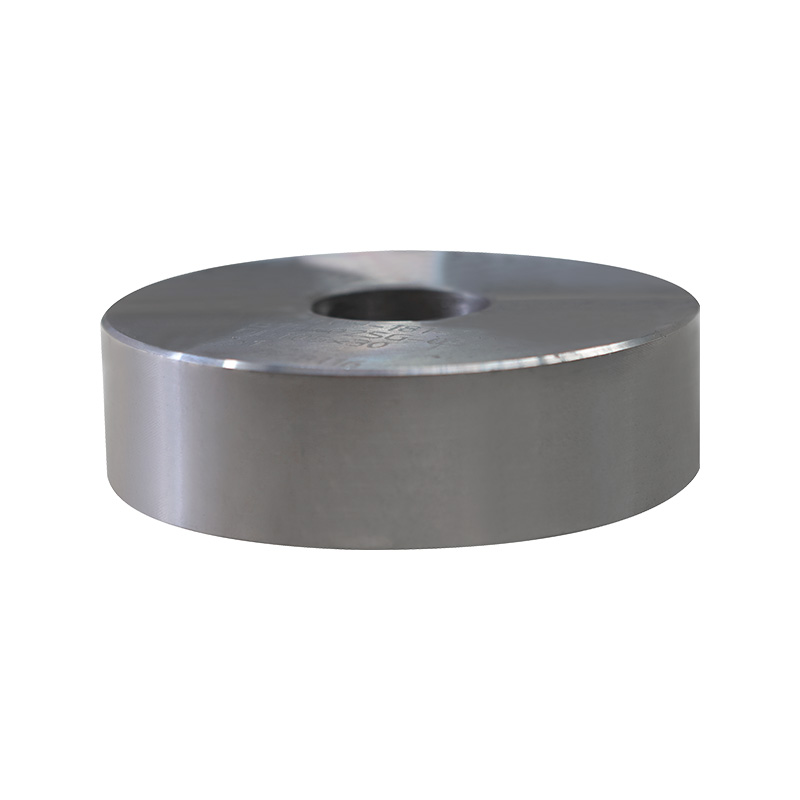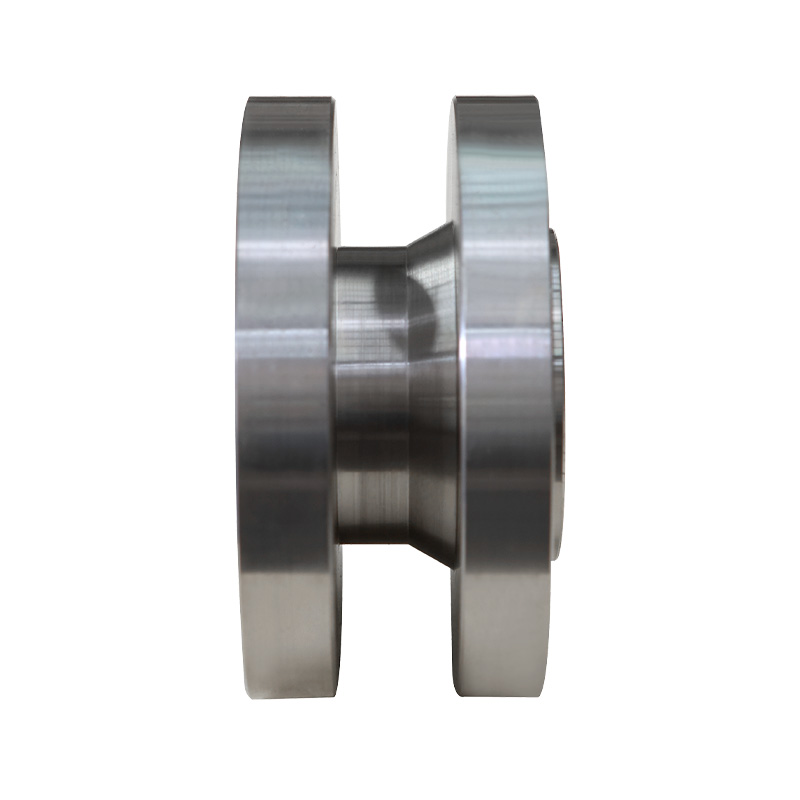Valve parts forgings may indeed have surface pits under long-term fluid erosion, especially under harsh working conditions or high-pressure and high-speed fluid action. Below are specific explanations from several aspects:
1. Fluid erosion effect: High speed flowing liquids or gases can cause long-term erosion and wear on the inner walls and key components of valves (such as valve discs, valve seats, and valve stems), especially when the fluid carries solid particles or bubbles. The impact force will continuously peel off the metal surface and gradually form pits.
2. Material erosion resistance: Even for forgings, their erosion resistance is limited by the hardness, toughness, and microstructure of the material itself. If the material has not undergone sufficient heat treatment or is selected improperly (such as using low hardness steel for high-pressure water flow environments), local depressions are more likely to occur.
3. The combined effect of corrosion and erosion: In environments containing corrosive media (such as seawater, acidic liquids, etc.), fluids not only cause mechanical erosion, but also accelerate the electrochemical corrosion of metals. The combination of the two can easily lead to the formation of pits, which may rapidly expand in a short period of time.
4. Valve structure design factors: Unreasonable flow channel design inside the valve, such as sudden changes in flow velocity, vortex zones, or locally narrow areas, can also cause local erosion enhancement, making certain areas more prone to pit formation.
5. Maintenance status: Long term lack of cleaning or preventive maintenance can prevent small pits from being detected and treated in a timely manner, leading to further expansion and even affecting the sealing and structural integrity of the valve.

 英语
英语 德语
德语 阿拉伯语
阿拉伯语
